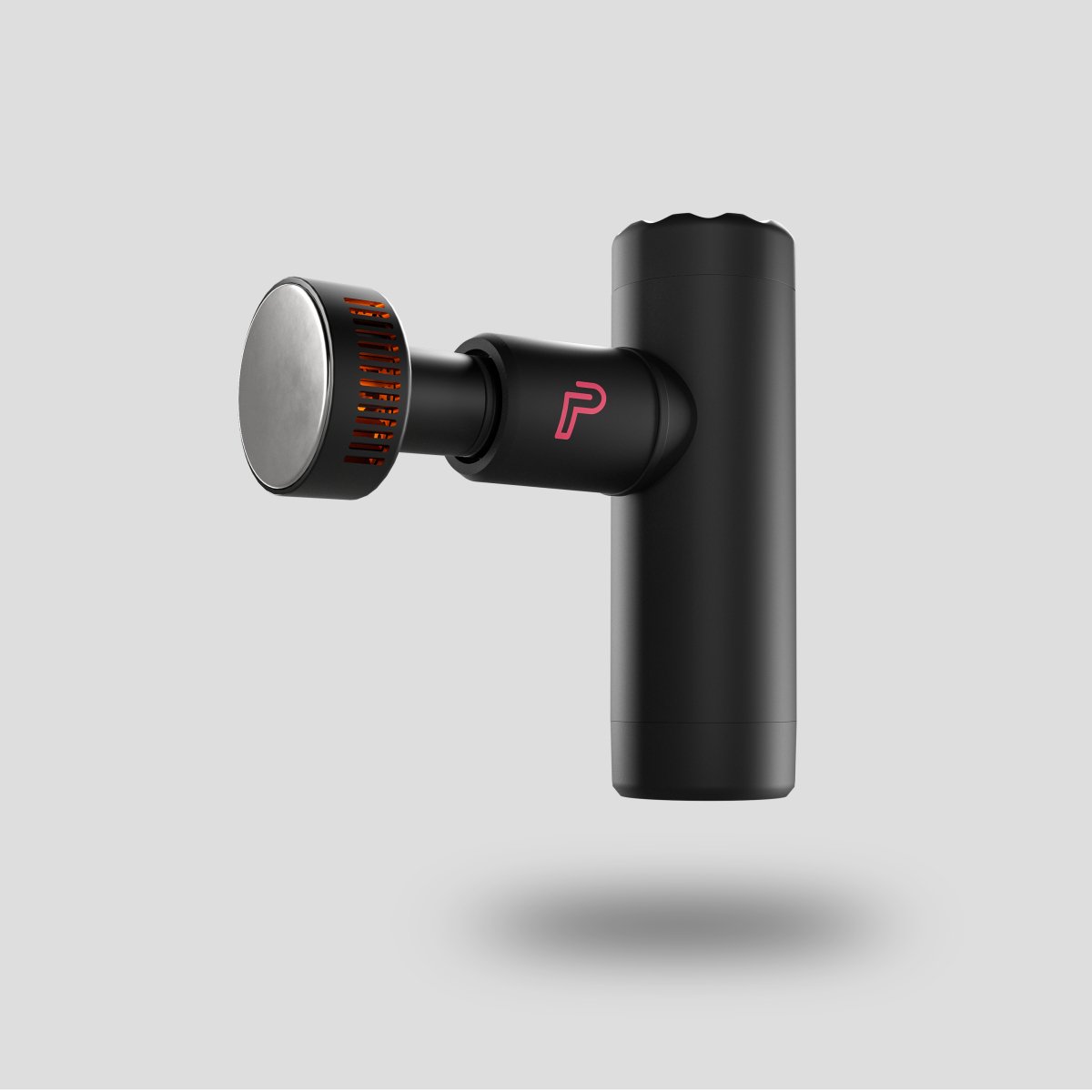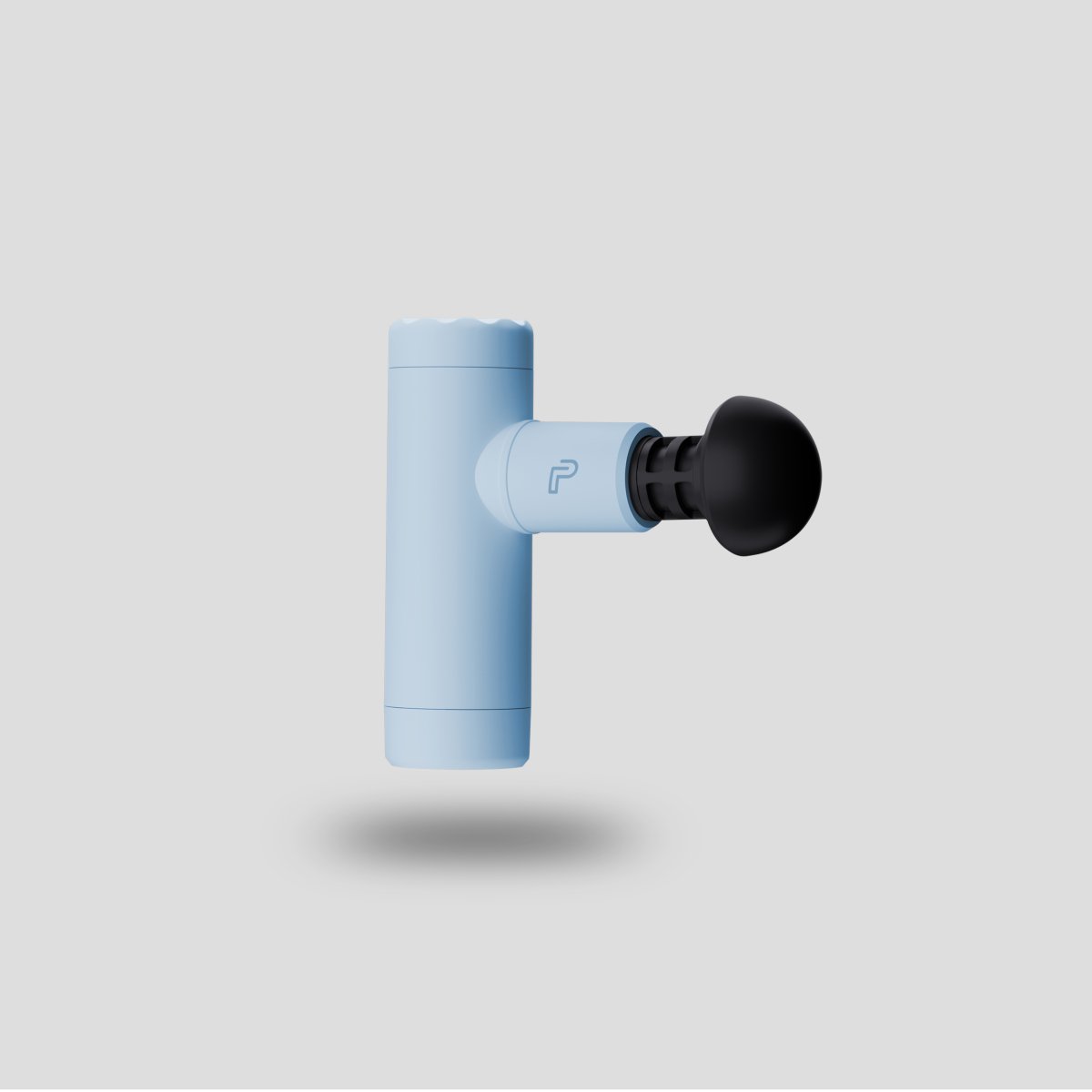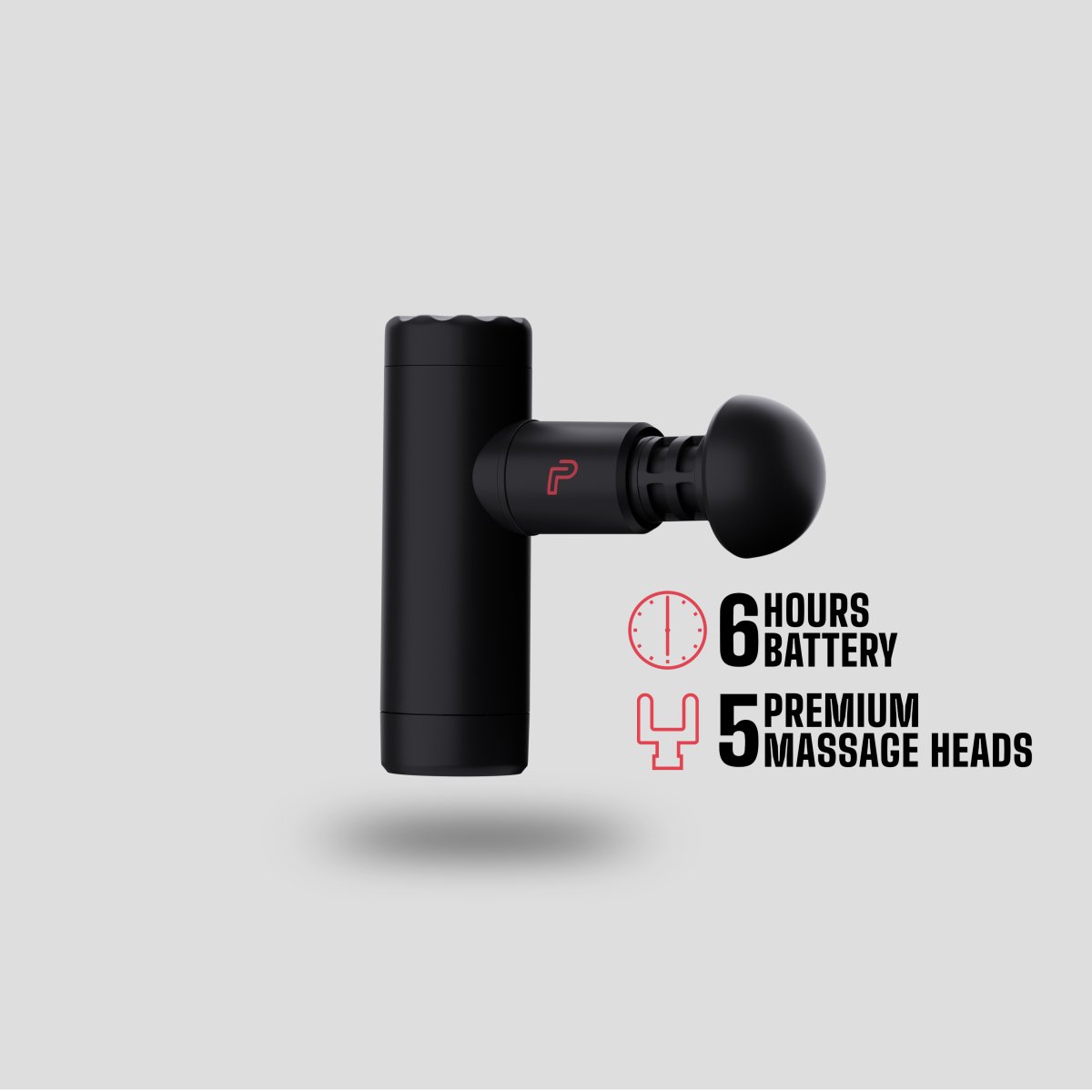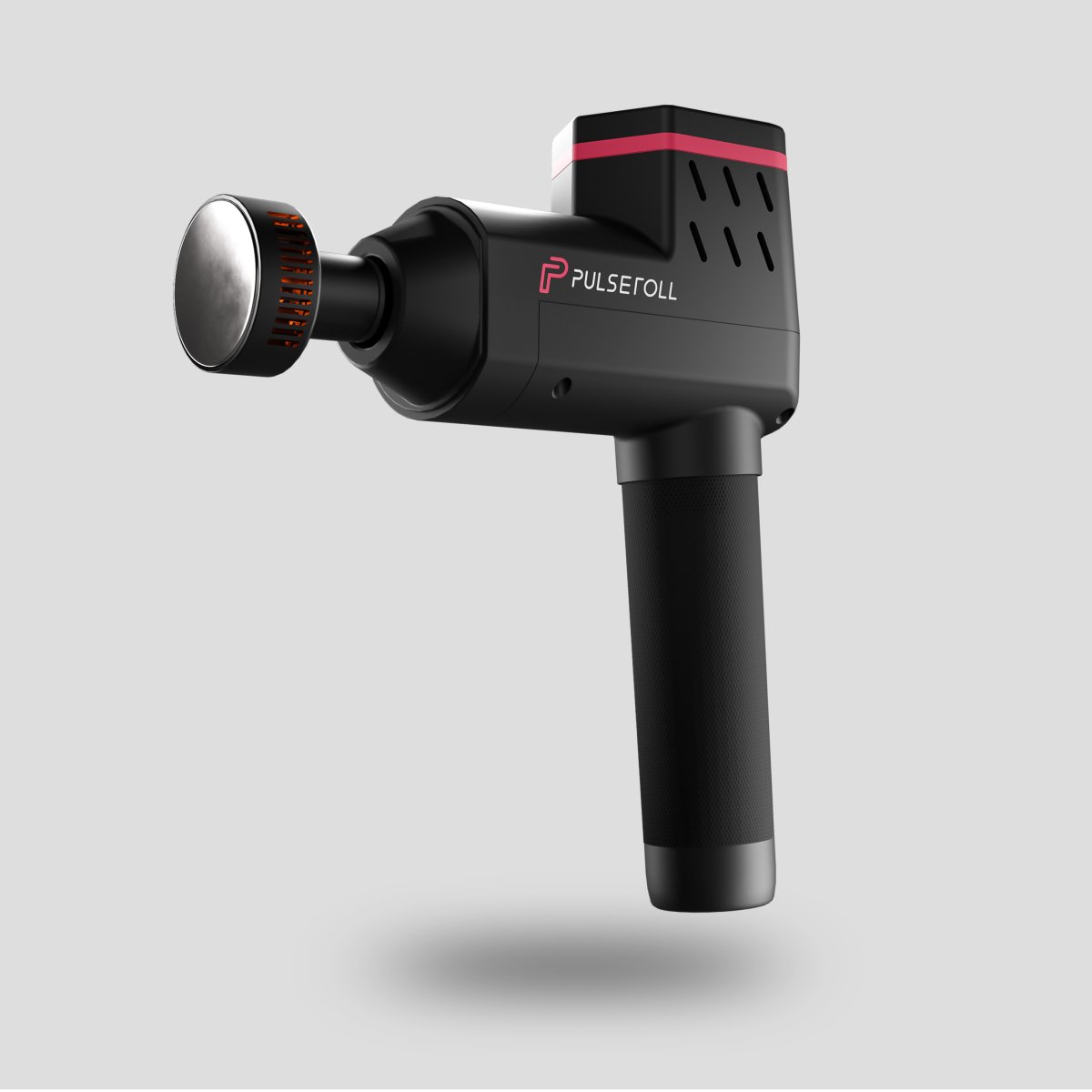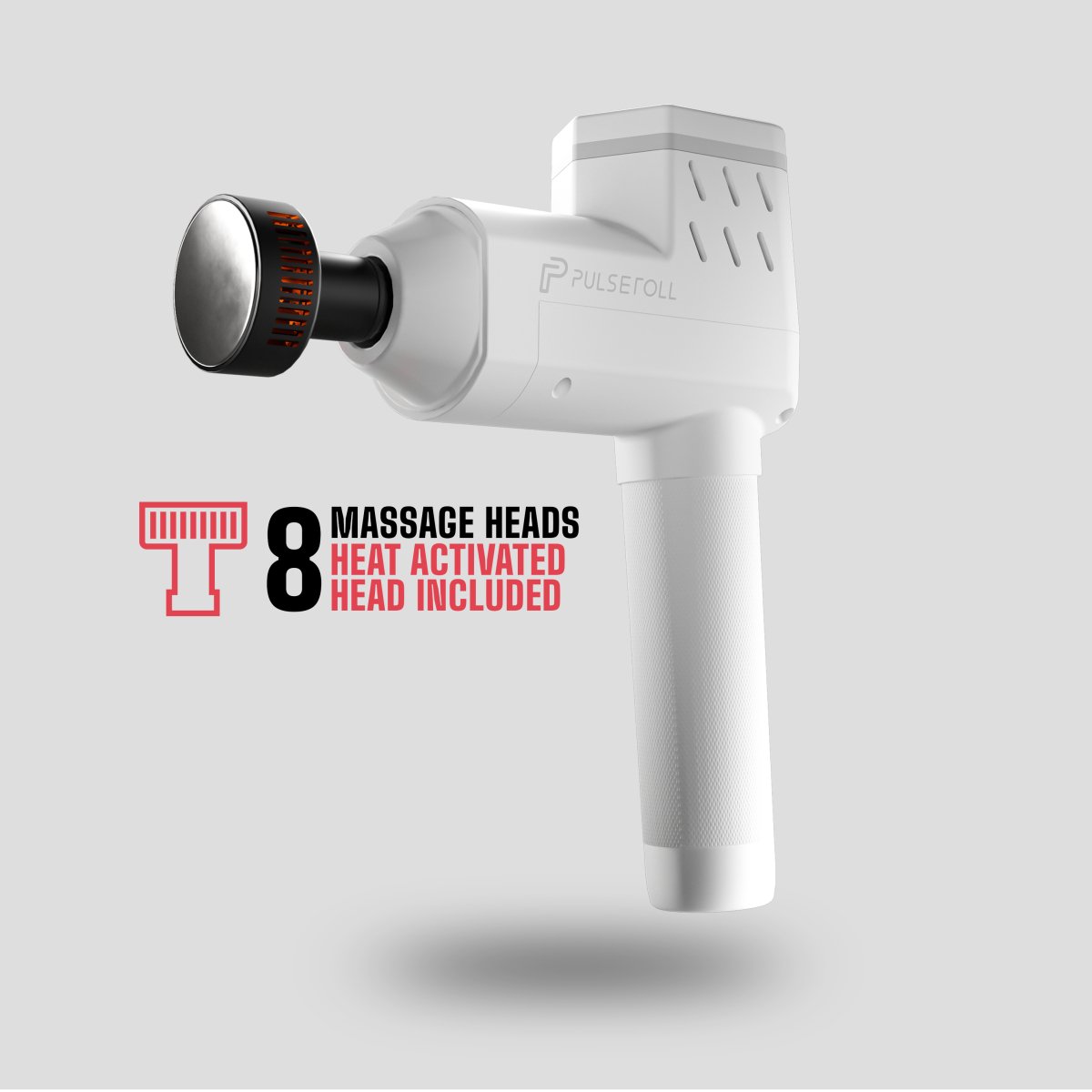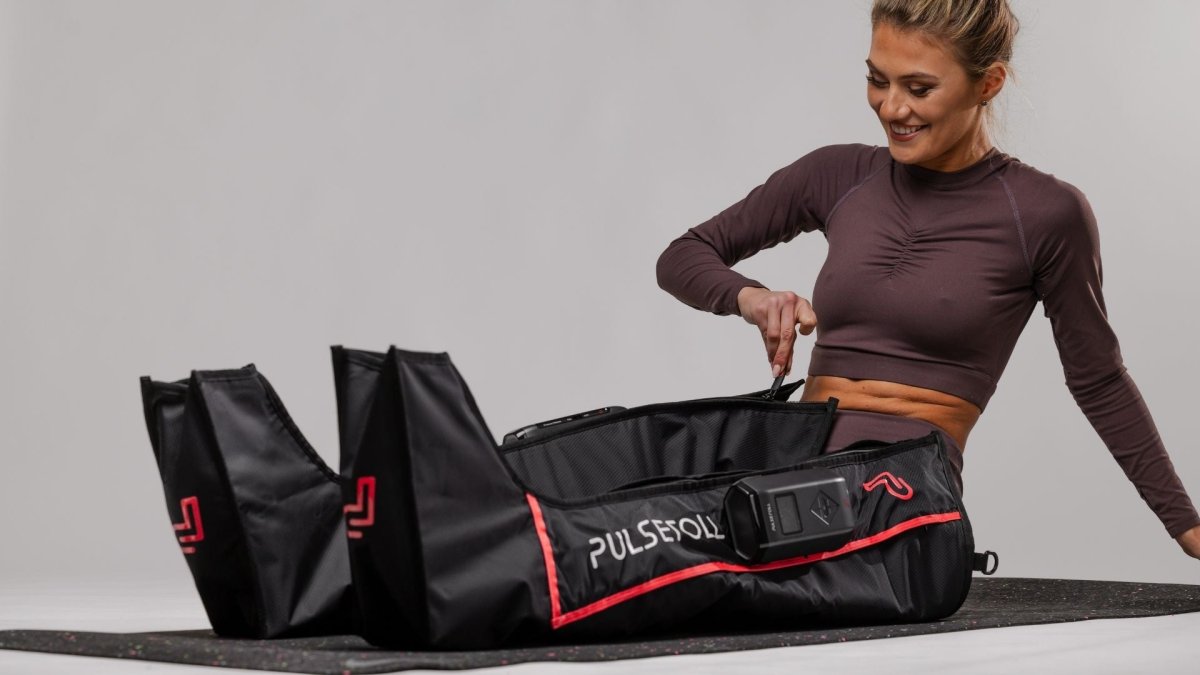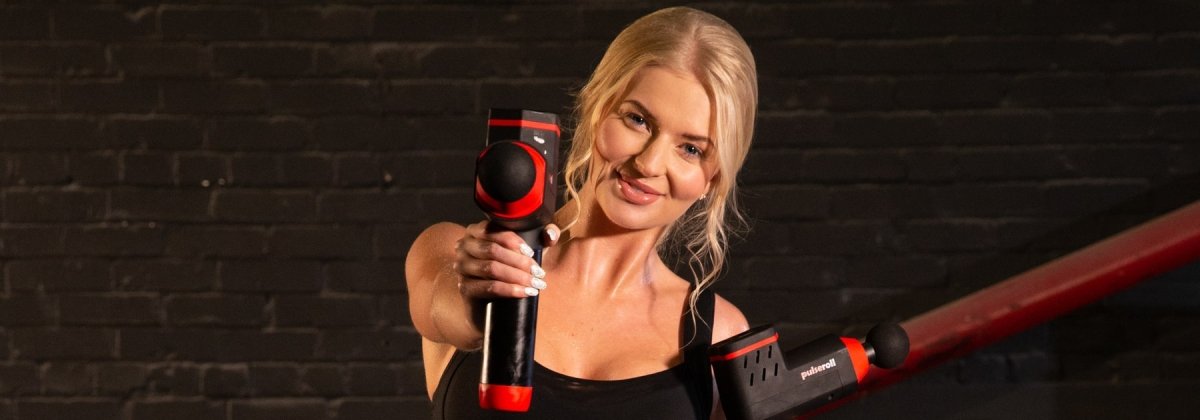Cycling creates a unique sense of freedom. As the wind rushes past you and you pelt down the path, your troubles seem to melt away. However, it can be taxing on the body, particularly the knees, which become notoriously more problematic joints as we age.
If you’re serious about cycling, your recovery routine is perhaps the most important aspect of your training plan. If you don’t take due care, you could see slower progress, injury, and an inability to keep doing what you love.
If you want to keep getting on your bike regularly, these top recovery tips are essential.
1. Slow Down
After a hard session, don’t immediately stop. Instead, slow down and take a gentle cycle for five minutes. Even if you find slow-cycling boring or have just completed a race and want to celebrate - do not skip this step!
When you cycle fast, the blood vessels in your legs expand. If you suddenly stop, fresh blood will not be able to move around your body effectively, which is essential to muscle recovery and getting rid of metabolic waste.
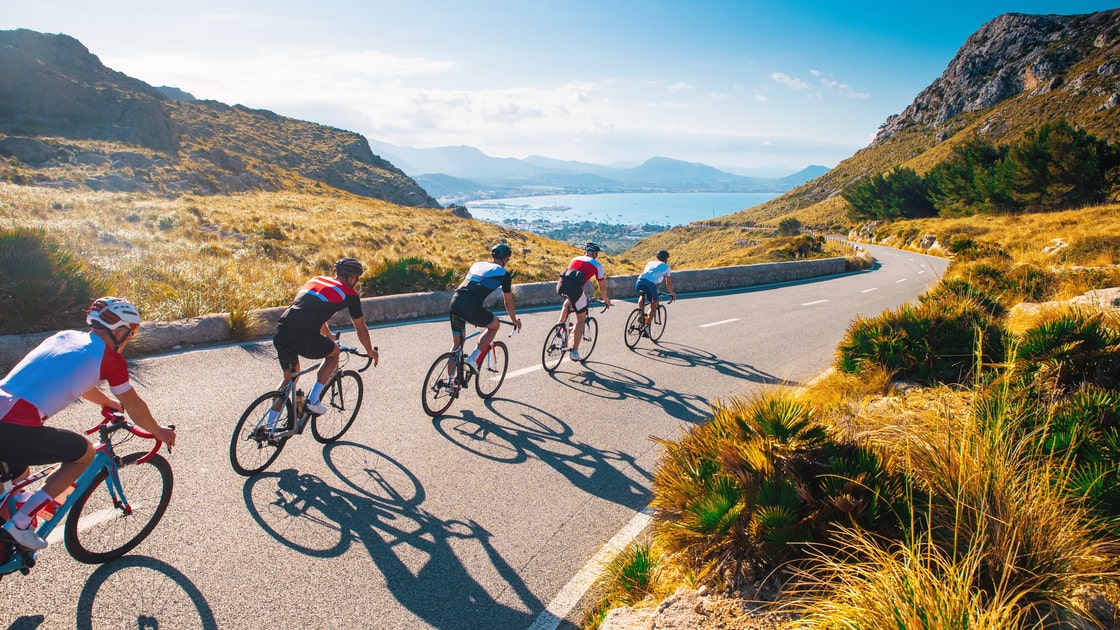
2. Keep Moving
Even when you get off your bike, keep moving for another five minutes, especially if you’ve gone at it really hard.
If you suddenly stop moving, your muscles will tighten and become stiff and sore. That could prevent you from training again for days, which will ultimately stop your progress.
3. Stretch
Most of us know that we should stretch before and after exercise, yet it’s so tempting to skip this step. Stretching reduces lactic acid, which improves recovery. It also keeps your muscles flexible, which is essential for healthy, mobile joints.
4. Use a Massage Gun
Massage is one of the best tools for muscle recovery, but it just isn’t practical or cost-effective to get a professional massage every time you hop on your bike. That’s where the Pro Massage Gun can help.
Used by some of the world’s top physiotherapists, the Pro Massage Gun uses percussion therapy to replicate a professional massage. It delivers intense, targeted pulses to the muscles it’s placed on, which improves blood flow and reduces tension so that you recover faster.
Here are 4 reasons why every cyclist needs to invest in a massage gun.
5. Use a Foam Roller
If you have specific tension areas and are craving deep pressure, then a massage gun will be the best thing for you. Alternatively, if you want general self-massage and myofascial release, you should try our Vibrating Foam Roller.
The vibrations increase oxygenated and nutrient-rich blood flow and help move it to muscles to help them recover faster. Used regularly, it can reduce the risk of injury and improve muscle health and performance.

6. Drink Water
Water really is the elixir of life. If you’re serious about improving your performance and staying healthy, you need to make sure you’re getting enough before, during, and after exercise.
Water regulates your body temperature and even lubricates your joints. It transports nutrients throughout your body which helps keep you energised and healthy. Simply put, if you don’t drink enough water, then you can’t perform at your highest level.
7. Eat Protein
Proteins are the building blocks of muscle, and the protein you consume after working out will enable your body to repair and build new muscle.
Studies show that, for optimum recovery, you should consume 0.14-0.23 grams of protein per pound of bodyweight soon after a workout. (1)
8. Eat Carbs
Your body uses glycogen as fuel for exercise, and eating carbs after your workout replenishes them. Endurance cycling, in particular, uses a lot of glycogen, and if you exercise regularly, then replenishing your carbs will ensure you have the energy to go again.
Some recommend a ratio of 3:1 carbs to protein. An example would be 40 grams of protein (such as 100g chicken breast and an egg) and 120 grams of carbs (such as two cups of brown rice and a banana).
9. Replace Your Electrolytes
If you cycle over long distances, then it’s essential for you to replace your electrolytes. Any workout that lasts over an hour can seriously drop your levels, leading to cramps, spasms, and respiratory stress.
The healthiest way to replace your electrolytes is with electrolyte water or real foods such as chia seeds, kale, coconut water, fruits and vegetables.
10. Consider a Post-Workout Supplement
If you don’t want to eat a big meal straight after working out, you can give your body what it needs with post-workout supplements such as a high-quality protein drink.
11. Wear Compression Socks
After an intense bike ride, compression wear such as compression socks can reduce muscle fatigue, soreness, and swelling.
For cyclists who really go at it hard, compression socks are a must. Your calf muscles send blood back to your chest, and compression can improve this recirculation and increase blood oxygen levels.
12. Check Your Stats
If you wear a tracking device such as Fitbit, or your phone tracks your ride, then you should be checking your stats. When you have travelled a good distance, burned a high number of calories, or cycled for a prolonged period of time, there is a great sense of satisfaction with seeing what you’ve accomplished. This sense of accomplishment is ultimately what keeps bringing you back to your bike.
13. Track Your Progress
It is important to set yourself goals and track your progress. If you’re improving, you know you’re doing the right things. However, if you’re plateauing or not doing as well as before, then it’s an indication that you need to change something about your routine.
14. Have a Mindfulness Practice
When you exercise, you raise your cortisol levels, leading to inflammation. However, meditating post-workout can reduce levels and even improve recovery.
It might sound hippy-dippy to some, but meditation really has some amazing benefits for the body. Studies show that it even balances GH (growth hormone), which is necessary for building muscle. (2)

15. Sleep
Your body does the majority of its healing and muscle building during sleep. Therefore, if you’re not getting the recommended eight hours a night, then you won’t be able to perform at your peak level. (3)
16. Practice Good Bedtime Habits
The number of hours you sleep for is not the only important factor. The quality of your sleep is important as well. Getting enough deep and REM sleep will ensure you have the energy to keep getting on your bike and pushing yourself to new levels.
Sleep quality is affected by many things, but some top recommendations are: avoiding screens for two hours before bed, not eating right before bed, sleeping in a dark and cool room, limiting alcohol and caffeine intake, and creating a regular bedtime routine.
17. Take a Rest Day
Rest is essential for recovery. You may be tempted to keep pushing yourself each day, but if you don’t give your muscles time to heal, they won’t grow. (4)
If you’ve completed a big race, you may need 48 hours to recover. Otherwise, you should take at least a couple of rest days each week.
Rest days don’t mean you need to sit on your sofa all day. Active rest is best for recovery; go for a gentle walk or a swim, just nothing that’s too taxing on your body.
18. Practice Endurance and Stamina
As a cyclist, it’s important to build both endurance and stamina. That means alternating your workouts between long-distance and short, fast bursts.
19. Be Consistent
Ultimately, to recover from cycling and reap the benefits, you need to be consistent. You need to train regularly, practice your recovery habits, and take regular rest days.
20. Listen to Your Body
You might have developed a fantastic plan that’s going to dramatically increase your progress and get you to where you need to be. However, it’s essential that you listen to your body.
If you’re sore and need another rest day, then take it. Or, if you have an injury, you need to give yourself sufficient time to recover. Have a plan ready, but be flexible and respond to the needs of your body.
References
- Kerksick, C., Harvey, T., Stout, J., Campbell, B., Wilborn, C., Kreider, R., Kalman, D., Ziegenfuss, T., Lopez, H., Landis, J., Ivy, J. L., & Antonio, J. (2008). International Society of Sports Nutrition position stand: nutrient timing. Journal of the International Society of Sports Nutrition, 5, 17.
- MacLean, C. R., Walton, K. G., Wenneberg, S. R., Levitsky, D. K., Mandarino, J. P., Waziri, R., Hillis, S. L., & Schneider, R. H. (1997). Effects of the Transcendental Meditation program on adaptive mechanisms: changes in hormone levels and responses to stress after 4 months of practice. Psychoneuroendocrinology, 22(4), 277–295.
- Dattilo, M., Antunes, H. K., Medeiros, A., Mônico Neto, M., Souza, H. S., Tufik, S., & de Mello, M. T. (2011). Sleep and muscle recovery: endocrinological and molecular basis for a new and promising hypothesis. Medical hypotheses, 77(2), 220–222.
- Dupuy O, Douzi W, Theurot D, Bosquet L, Dugué B. An Evidence-Based Approach for Choosing Post-exercise Recovery Techniques to Reduce Markers of Muscle Damage, Soreness, Fatigue, and Inflammation: A Systematic Review With Meta-Analysis. (2018) Front Physiol. 2018;9:403.






